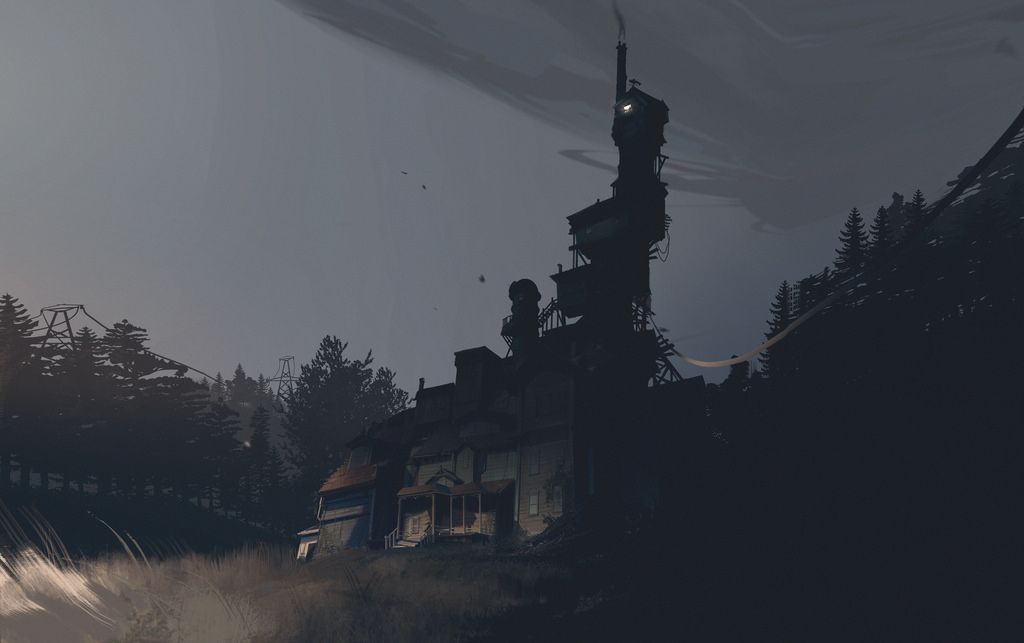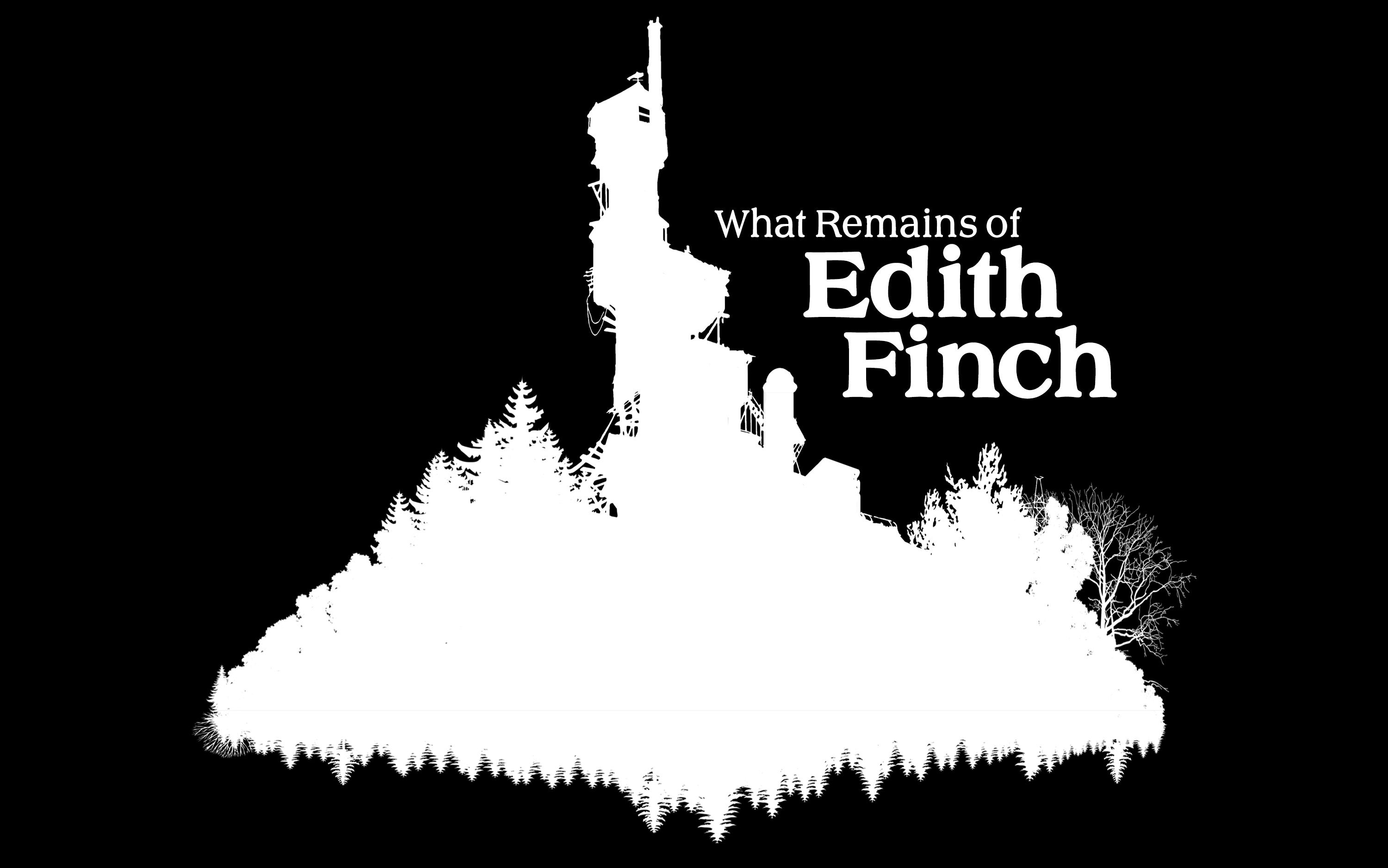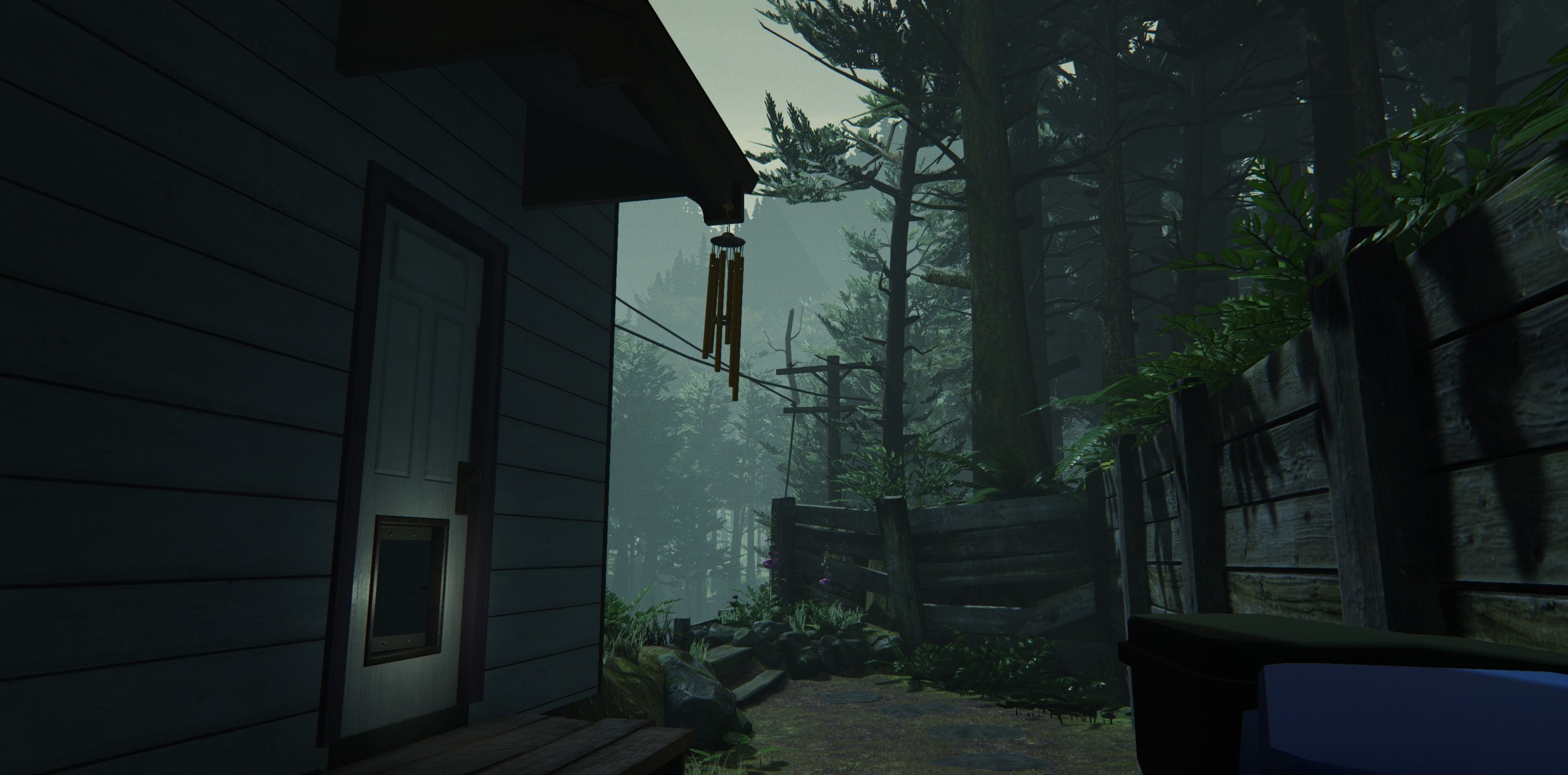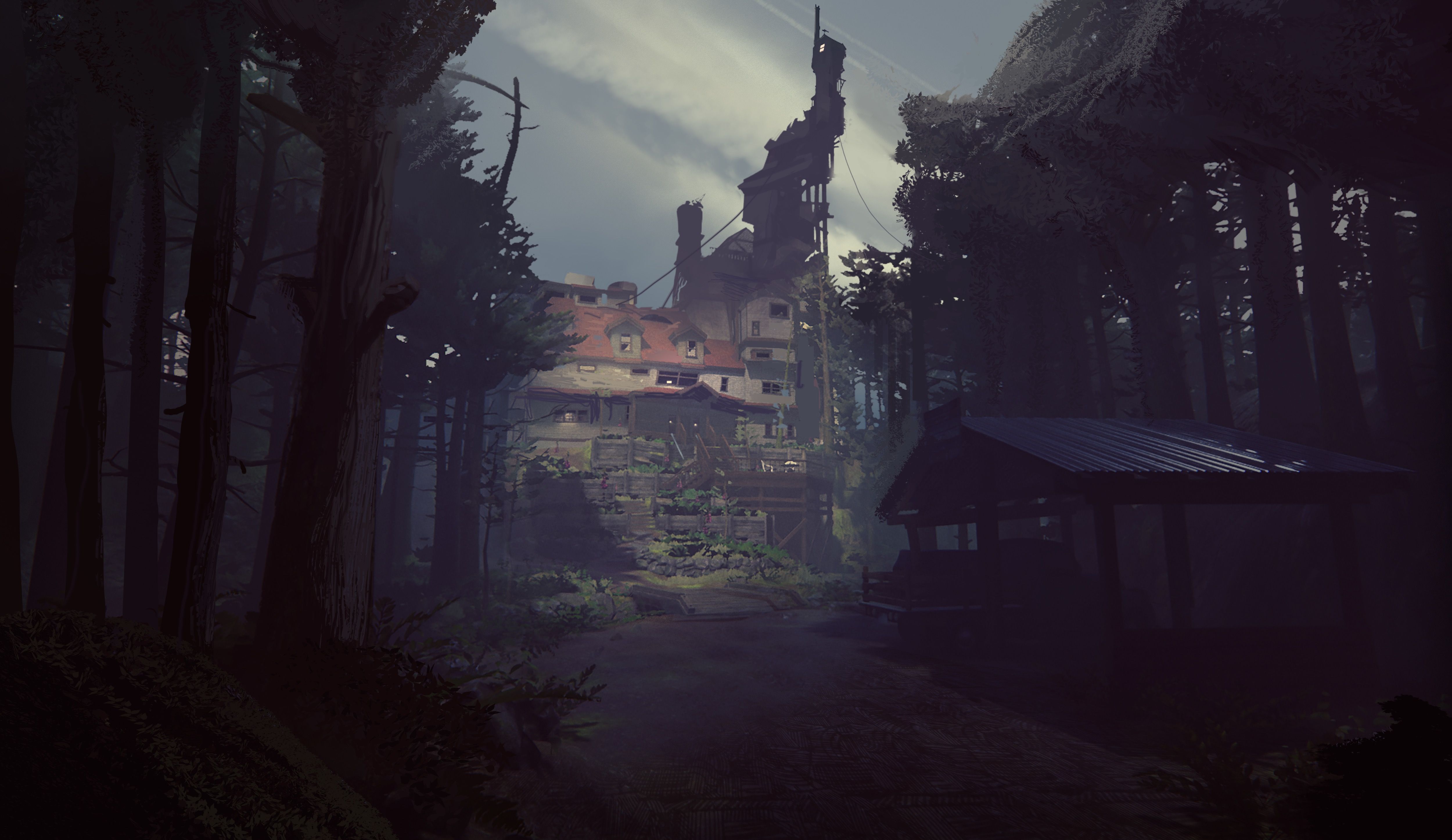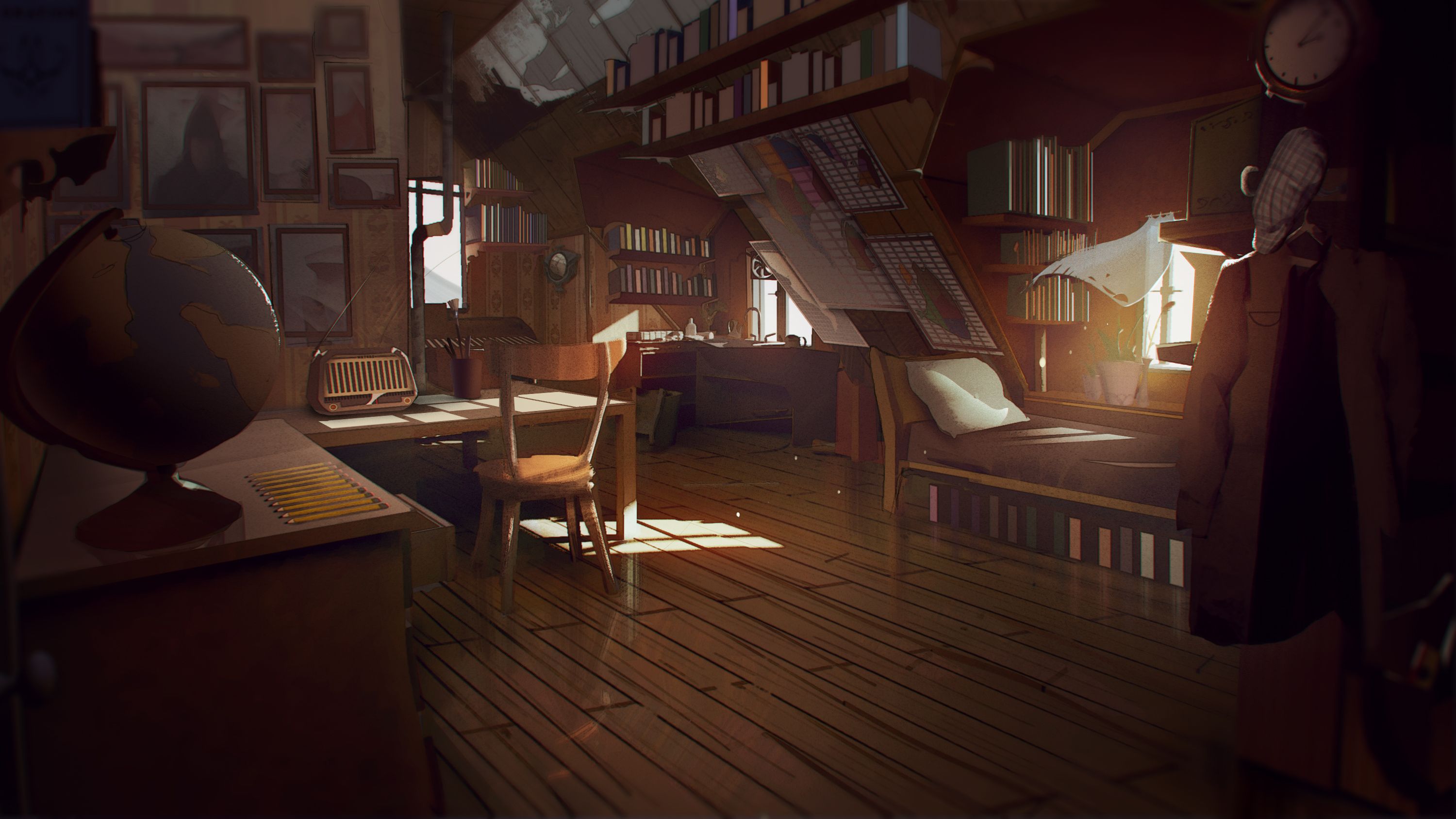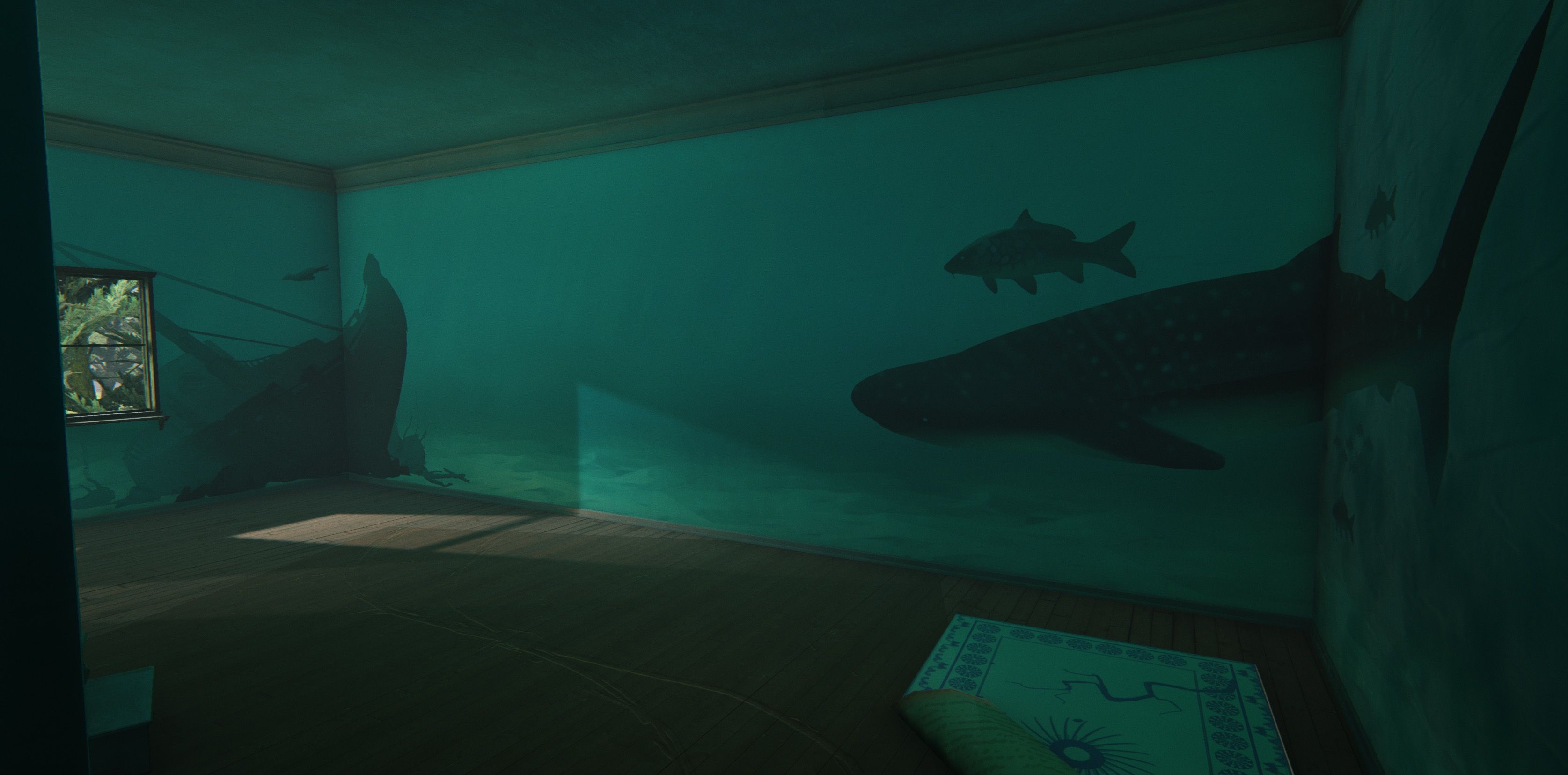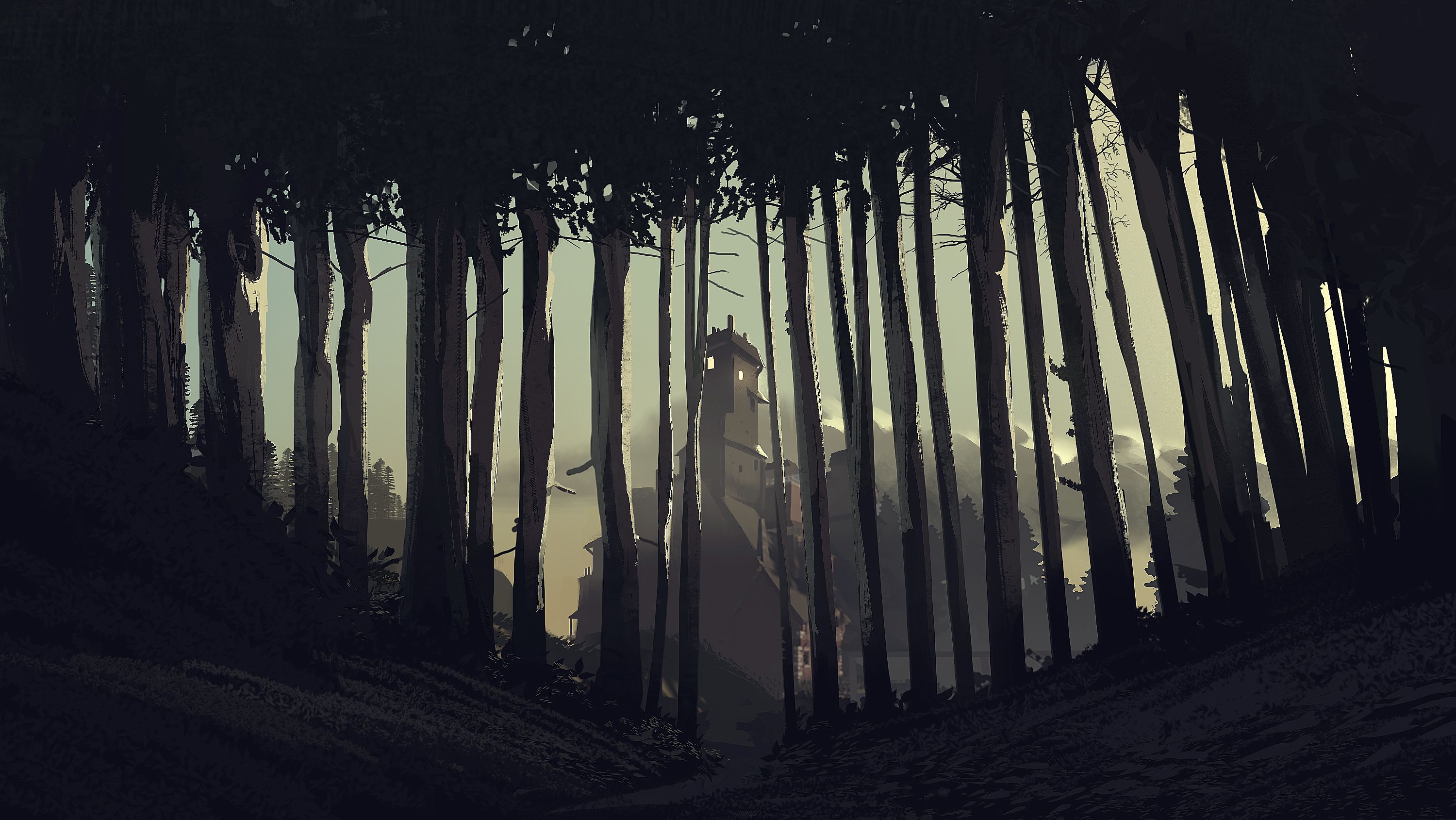Since the debut of their first project in 2012, developer Giant Sparrow has taken a different approach to narrative in video games that more closely resembles a living, playable book. Where The Unfinished Swan took players through a whimsical children's book, the studio's next project, What Remains of Edith Finch, takes on a darker collection of short stories that are equal parts heartbreaking, joyful, and somber.
During PAX East 2017, DualShockers had the opportunity to speak with the game's creative director and Giant Sparrow founder Ian Dallas for a deeper look inside the literary influences of What Remains of Edith Finch, and how players will unravel the game's numerous mysteries throughout the story.
DualShockers: Thanks Ian for having us try out What Remains of Edith Finch and getting to learn more about it. Can you start off by just giving a brief idea of what players can expect from What Remains of Edith Finch?
Ian Dallas (Creative Director, Giant Sparrow): It's a collection of short stories about a cursed family, and you play as Edith Finch coming back to the family house that you grew up in. But at this point, everybody in your family is dead and you're trying to figure out what happened to them.
So, you're exploring this house and in each of the bedrooms you find a story about how that family member died, and then you get to live out that story -- you become that family member and get to experience the last moments of their life.
DS: How many storylines are there in total in What Remains of Edith Finch?
ID: There's 13 family members in the game. It actually goes back several generations of the house, so you're going back in time, essentially -- seeing what happened to your great-grandparents on forward.
[pullquote]"It's a collection of short stories about a cursed family, and you play as Edith Finch coming back to the family house that you grew up in. But at this point, everybody in your family is dead and you're trying to figure out what happened to them."[/pullquote]
DS: With all of the varying storylines of the Finch family members, what will players find different in each one? Will they be different thematically, gameplay-wise, etc.?
ID: Everything. They're completely different time periods, the art style changes, and the mechanics change completely. So, in the story you played -- the Molly Finch storyline -- you're becoming a cat, an owl, a shark -- none of the other stories are anything like that.
Most of the other stories have a first-person control scheme, but yeah -- they're completely, completely different. Yeah, I mean hopefully tonally they're also fairly different -- like it's meant to evoke the world through someone else's eyes.
So, a little girl describing a dream she had is going to be very different from a 60-year-old man who's been a shut-in for the last 40 years of his life: the way he sees the world and the way you, as the player, are going to experience his life are vastly different.
DS: Can you talk about some of the inspirations were for What Remains of Edith Finch and what influenced you guys on this project?
ID: Yeah, I mean the original inspiration was SCUBA diving...
DS: Oh okay, I wouldn't have thought of that at all...
[pullquote]"[The stories are in] completely different time periods, the art style changes, and the mechanics change completely. So, in the story you played - the Molly Finch storyline - you're becoming a cat, an owl, a shark - none of the other stories are anything like that."[/pullquote]
ID: Yeah, yeah! No, you wouldn't: I mean, this game has grown in very unexpected ways over the last like four and a half years of development. But, the initial idea was "the sublime horror of nature" -- like seeing something, when you're SCUBA diving, looking at the bottom sloping away forever and the feeling of something being simultaneously beautiful but also horrifying.
What that's kind of coalesced to is the feeling of being overwhelmed -- like each of these stories is about someone else getting themselves into a situation in which they are overwhelmed.
And you know, the game has sort of evolved in unexpected ways to be something that is kind of instead of being about the horror of nature, it's now more about the way that stories are told and the way that families kind of create stories, and people remember things not necessarily in the way that they happened, but the way that they want to remember them or the way that things get sort of transformed over time.
The house itself is a good sort of concrete version of a lot of those abstract ideas where it's a thing that starts out relatively simple: I mean, it's a somewhat normal two-story house. But because of this family, whenever someone dies they close the bedroom door and then kind of seal it off like a museum -- when they have new family members, they need to build onto the house.
So the house becomes, over the last 30 years or so, this kind of "monstrous," "organic" shape. You know, even internally in the house there's this level of clutter that speaks to what it's like for 80 years or so for a family to live in one space, and all these different people are making their marks on this house.
That's in a nutshell vaguely what the game is: it's a mess. It is meant to be like a mess that will be familiar to players from their own life. Something that is, in the end, incomprehensible -- it's a world in which you don't get to find out exactly what "really happened." There is no "really happened" -- it's what we kind of remember and have pieced together, and ultimately, what we want to believe.
[pullquote]"This game has grown in very unexpected ways over the last like four and a half years of development. But, the initial idea was 'the sublime horror of nature' -- like seeing something, when you're SCUBA diving, looking at the bottom sloping away forever and the feeling of something being simultaneously beautiful but also horrifying."[/pullquote]
DS: Yeah, I definitely got that from the demo -- I totally wasn't expecting like the "Cat" part, and the "Shark" and all that. It adds a very interesting, sort of magical realism/surrealist sort of aspect to the game.
ID: Yeah, yeah -- absolutely. Actually, One Hundred Years of Solitude [by author Gabriel García Márquez] is one of the core references for this game -- the magical realist book from the '60s about a family -- and from a mechanics standpoint, the game is really about the unknown.
You kind of boil it down to an experience of the unknown. In Molly's storyline like you're talking about -- like, the feeling of "Oh my God, I'm a cat, now I'm an owl, it's very unexpected" -- is meant to kind of evoke that feeling of the unknown in the player's actual, lived-in experience.
What you're doing, you never quite know what's going to happen to you -- in the same way that these characters never know what's gonna happen to them.
[pullquote]"What you're doing, you never quite know what's going to happen to you -- in the same way that these characters never know what's gonna happen to them."[/pullquote]
DS: How has this been different from your previous work on The Unfinished Swan? Has there been anything you've brought over from that title into What Remains of Edith Finch? It's a very different type of game, but I feel in some ways there is some kind of connective tissue between the two games.
ID: Yeah, I mean I think there's a "subscript" -- a bedrock of very similar themes of dealing with, essentially, awe and wonder. Both of these games are about the experience of being next to something that you don't quite understand, but is kind of beautiful and overwhelming at the same time.
When you're looking at it, they're also very explicitly drawing on literary references. The Unfinished Swan was meant to feel like a children's book: like, "what does it feel like to hold a children's book?" This is like, "What does it feel like to have a collection of short stories?" And on this game, that ended up being a huge challenge -- trying to weave together these short stories into something that feels like a game. At one point, we thought about just having the stories just be completely separate from each other, like a menu, that you select them.
I think games just don't really work that way. There's something that, you know, because you sit down and experience these things together, they're somehow much tighter. Like, The Twilight Zone is another big reference, but you know because The Twilight Zone you're watching one episode a week or whatever; there's this gap that you don't have with a video game.
So, for us trying to find a way to have these stories be very distinct, unique pocket universes, but then also tie back to the larger themes and the characters and all that are going to interweave with all these stories, was a very large challenge.
It's one of those things that you can't really solve at the beginning -- you need to have enough kind of "pieces" on the table to be able to fit them together. It's almost like a jigsaw puzzle in a way -- it's like, you can try to solve a jigsaw puzzle with a third of the pieces. You can make some headway: you're like "alright, I see here's like a picture of a cat face or something, or here's a corner I can do."
But, you know, in this game it really took three years or so of all these prototypes and finding some things that worked to be like, "Okay, we have enough of the jigsaw puzzle to be able to piece it together." Yeah, I mean I hope that players experience it as something that is simultaneously baffling and weird and unexpected, but also like there is this underlying continuity that is there. But we'll find out I guess shortly.
[pullquote]"For us trying to find a way to have these stories be very distinct, unique pocket universes, but then also tie back to the larger themes and the characters and all that are going to interweave with all these stories, was a very large challenge."[/pullquote]
What Remains of Edith Finch will release for PS4 and PC on April 25th, 2017 - for a closer look at the upcoming title, you can read our full hands-on preview of the game by clicking here.

